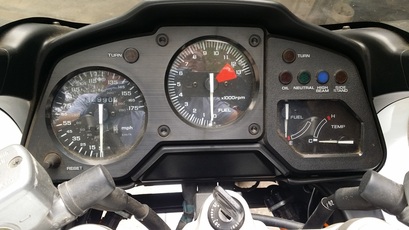
If there's a collectible third/forth generation VFR this is it. The only year offered in monochromatic white it was a stunner then and still is. What makes Derek's find significant, though, is that it has only 3000 miles(!) and has survived in original condition. He's found some rust inside the fuel tank which is being dealt with and Derek is taking the proper steps to bring the engine back to life. He was an ASE tech back in the day so the bike is in good hands. I hope Derek will keep me posted on his progress. What a find — it proves that they're still out there just waiting to be rescued.
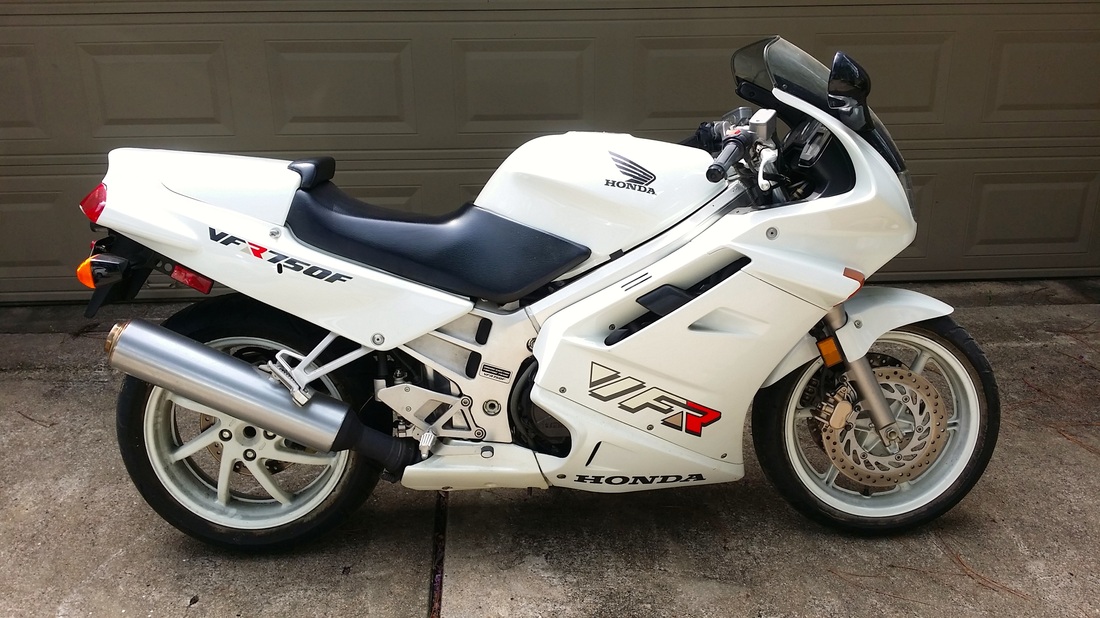
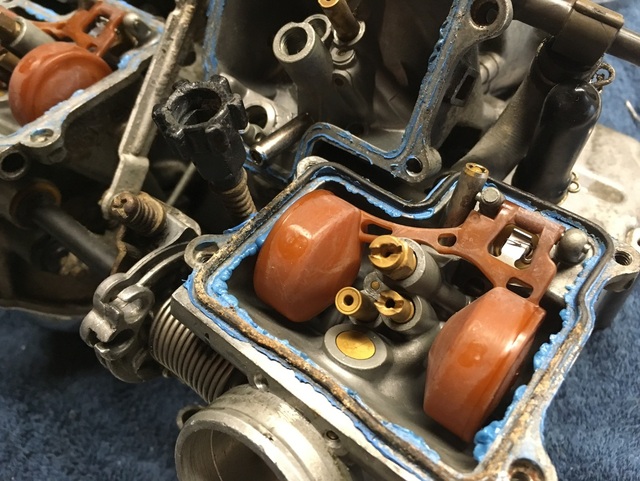
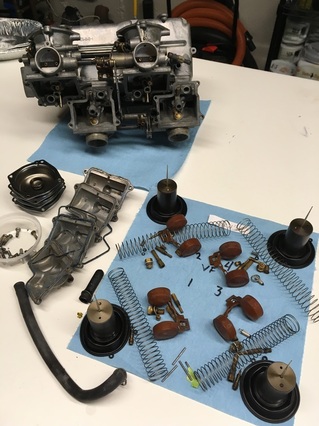
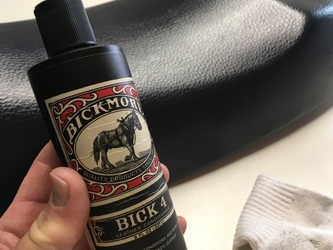
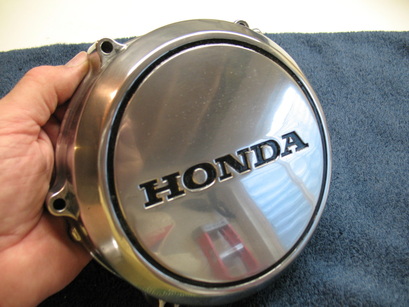



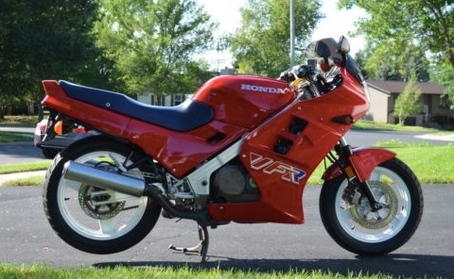
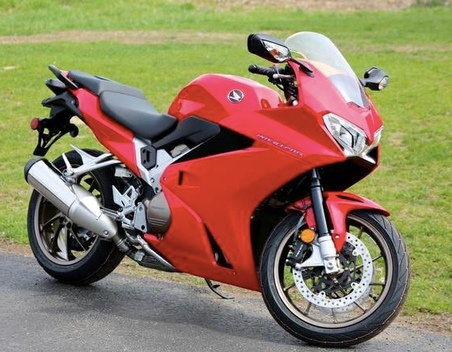
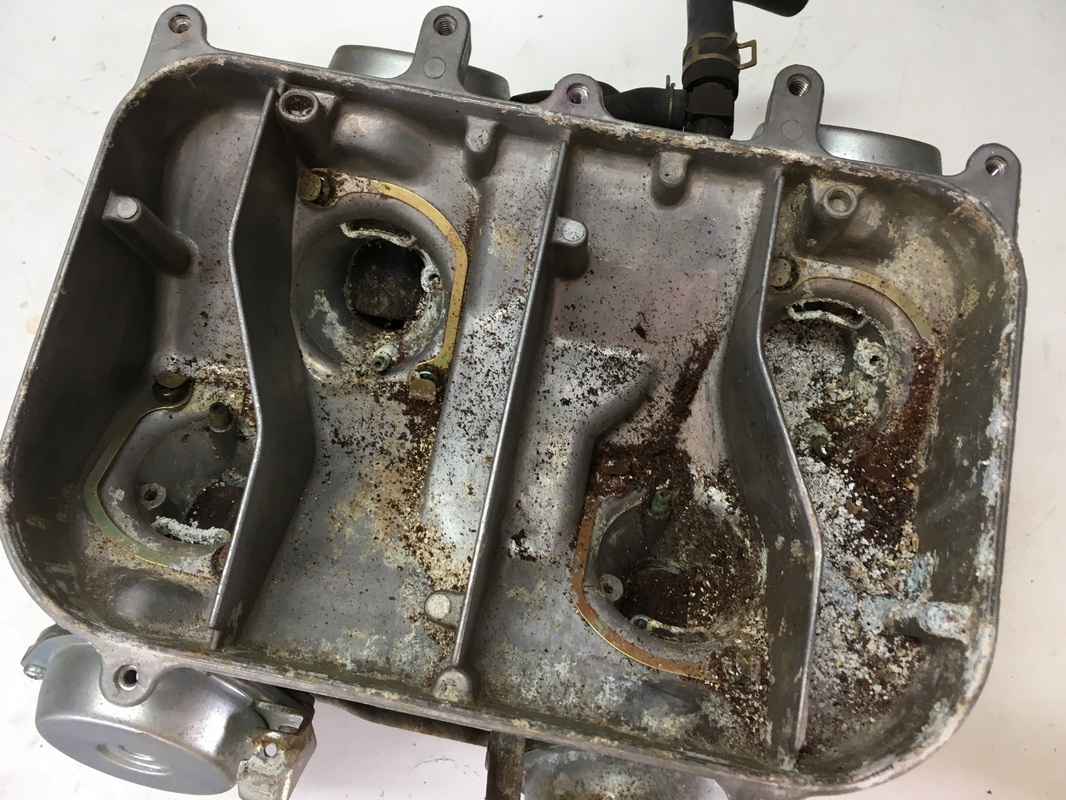
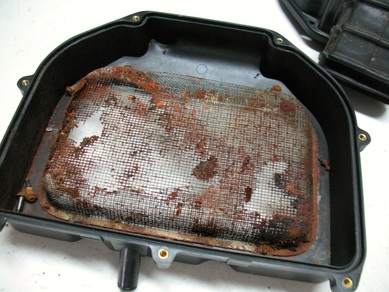
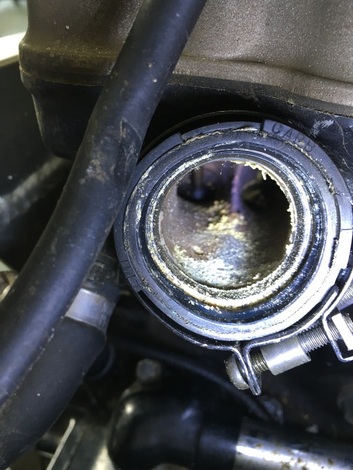
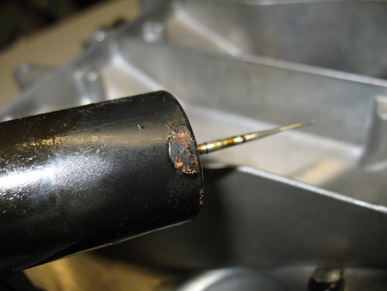
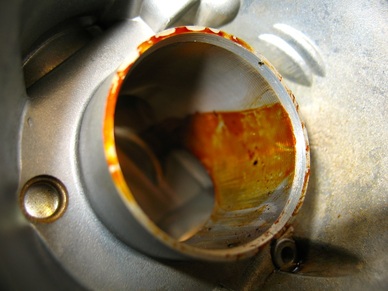
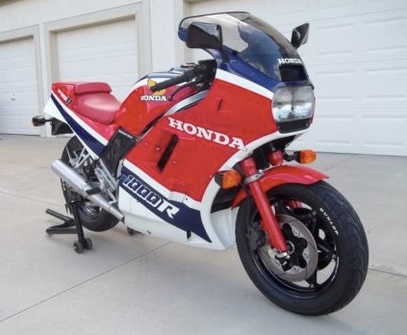
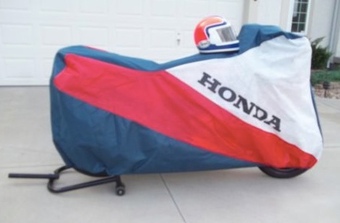
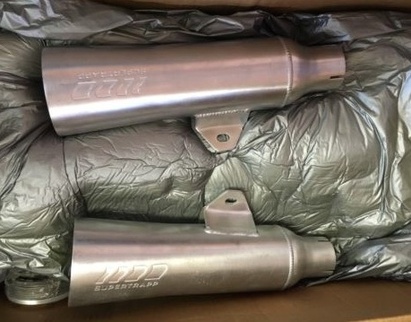
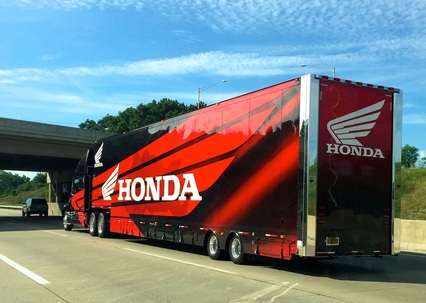
 RSS Feed
RSS Feed